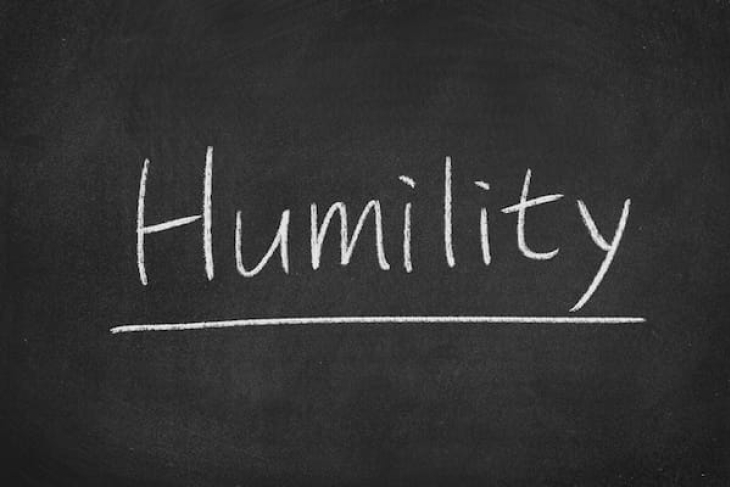As I’ve embarked on my weeks-long discussion of how to usher in a Golden Age of Educational Practice, I have heard—often on Twitter, sometimes via email—a clear and compelling message:
FOR THE LOVE OF GOD, MIKE, DO NOT TURN THIS CALL FOR EVIDENCE BASED PRACTICES INTO ANOTHER EXCUSE FOR SO-CALLED EXPERTS TO TELL TEACHERS WHAT TO DO, OR TO FOIST YOUR OWN PREFERRED PRACTICES UPON THE NATION’S SCHOOLS. SHOW SOME HUMILITY, MAN.
To which I say: I hear you, my friends, I really do. And I whole-heartedly agree that we need to approach the topic of evidence-based practice with an enormous amount of humility.
That’s largely because of what Dylan Wiliam likes to say: “Everything works somewhere; nothing works everywhere.” He’s right, of course—the contexts of our schools really do vary dramatically, making the use of evidence an inherently complex and fraught challenge. Plus, in a field where implementation is everything, the only way “doing what works” can be effective is with teacher buy-in and engagement. They call it “winning hearts and minds” for a reason; we can’t expect that evidence alone will win the day.
But perhaps the strongest argument for humility here is because the evidence around educational effectiveness is extremely limited. The number of areas where we have strong science to guide classroom practice is tiny. In fact, it may be sui generis: early reading. There we do have a scientific consensus, or close to it, around “what works,” and in my view it’s irresponsible for us not to ensure that educators are well-equipped to do it.
But that’s a rare case. Much more common are parts of the curriculum and the educational experience where we hardly have any scientific evidence at all. Most of teaching and learning in high school, I’d posit, fits into this box. What’s the “best” way to teach U.S. history? Civics? Biology? Welding? If there are rigorous studies on these topics, that’s news to me. Instead, the best we can currently hope for is to get great educators together—in person, or online—to share “best practices” with one another, and figure it out as well as they can. The Advanced Placement program is an exemplar in this regard.
And then there are practices that fit somewhere in the middle—where we don’t have rock solid evidence like we do for early reading but we do have some strong studies giving us hints at where teaching and learning should go. I’d put E.D. Hirsch Jr.’s decades-long insight about reading comprehension here—that the way to help poor kids especially get better at reading is to start teaching them history and geography and science and the arts much earlier, as systematically as possible, so they have the content knowledge and vocabulary to make sense of what they are reading. Likewise the promising work on instructional coaching, or the importance of same-race teachers for kids of color, or the need for all kids to master their math facts. These point us toward some approaches and away from others, but they surely don’t give us reason to make iron-clad mandates on our schools.
As I continue my series, and start to look at “ways to get schools to use evidence-based practices,” I will strive to keep all of this in mind, and I hope you will too. The limits of what we know—and perhaps what we will ever be able to know—should absolutely inhibit those of us outside of schools from trying to replace educators’ professional judgment with our own.
But let’s also not be paralyzed by this. Telling four million teachers what to do is not the answer, but neither is telling them to close their classroom doors and do whatever they think best. There are lots of ways in between to “get better at getting better.” And we need to embrace them all.

